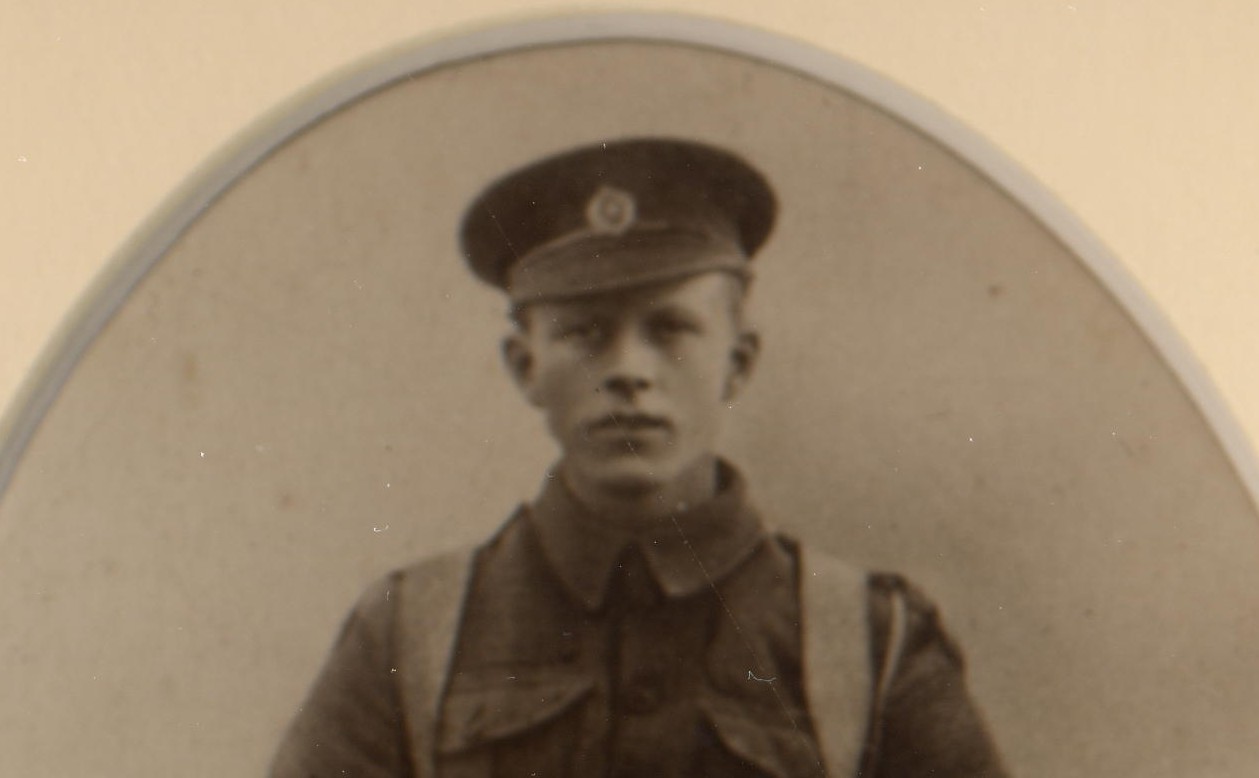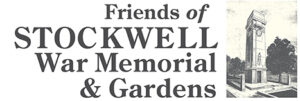J. TraceService no. 8867Rifleman, London Regiment (Queen’s Westminster Rifles), 1st/16th BattalionsEnlisted in Westminster; lived in BrixtonKilled in action on 1 July 1916, aged about 21Remembered at Thiepval Memorial, Somme, France Information from the censuses James Trace was an office boy for a firm of solicitors. He shared four rooms at 70b Hackford Road, Stockwell with […]
Harold Measday Snelling
H.M. SnellingRifleman, London Regiment (Queen Victoria’s Rifles), 1st/9th Bn. Service no. 4746Killed in action on 1 July 1916, aged XXRemembered at Thiepval Memorial, Somme, France, at Sandwich War Memorial and on a now lost wooden war crucifix outside St Anne’s Church, South Lambeth Road Cousin of Frederick William Snelling and William Thomas Snelling Chris Burge […]
Harry Albert Nixon
H. A. Nixon Service no. L/12127 Private, Middlesex Regiment, 2nd Battalion Died 1 July 1916, aged around 27 Remembered at Thiepval Memorial, France Roll of Honour of the Great War 1914-1918 NIXON, H.A., Private, 2nd Middlesex Regiment. He enlisted in 1906, and was drafted to the Western Front shortly after the commencement of hostilities. He […]
Arthur Joseph Mullett
A. J. MullettService no. 130014Pioneer, Royal Engineers, 3rd Battalion Special Brigade; formerly 35044, London RegimentBorn in Lambeth; enlisted at Holborn; lived in LambethDied of wounds on 1 July 1916, aged about 21Remembered at Bailleul Communal Cemetery Extension, Nord, France Brother of George Thomas Mullett Information from the censuses In 1911 Arthur Joseph Mullett, then a […]
Albert John Laskey
A. J. Laskey Service no. 22997 Lance Corporal, Border Regiment, 1st Battalion; formerly 10696, East Surrey Regiment Born in Lambeth; enlisted at Kingston-on-Thames; lived in Stockwell Killed in action on 1 July 1916, aged about 22 Remembered at Thiepval Memorial, Somme, France In 1911 Albert John David Laskey, 17, was working as an errand boy. He […]
Arthur Alexander Jeffery
A. A. JefferyService no. 4802Private, East Surrey Regiment, 8th BattalionBorn in Lambeth; enlisted in St Paul’s churchyard; lived in ClaphamKilled in action on 1 July 1916, aged about 27CWGC: “Husband of Mrs D. Blacklock (formerly Jeffery), of Toronto, Canada.”Remembered at Thiepval Memorial, France The 1911 census shows that Arthur Alexander Jeffery, was boarding at 88 […]
Joseph Honer
J. F. Honer Service no. 471573 Rifleman, London Regiment (The Rangers), 12th Battalion Enlisted in London; lived in South Lambeth Killed in action on 1 July 1916, aged about 18 Remembered at Gommecourt British Cemetery No 2, Hebuterne, Pas de Calais, France
Jesse William Goff
Killed in action on 1 July 1916 (the first day of the battle of the Somme), aged 19
Benjamin James George
B. J. George Service no PS/2124 Private, Middlesex Regiment, 16th Battalion Died of wounds age 25 on 15 July 1916 Born in Thornton Heath, Surrey; lived in Stockwell; enlisted in Lambeth CWGC: “Born at Coulsdon, Surrey. Son of David John Gingell George and Emily George, of 76, Southview Rd., Southwick, Sussex. Remembered at Hamburg Cemetery, […]
Arthur Henry George
A. H. George Service no. 230638 Private, London Regiment (Royal Fusiliers), (2450). 1st/2nd Battalion Enlisted at Tufton Street, London Killed in action age 23 on 1 July 1916 CWGC: “Son of John Daniel and Elizabeth George, of 82, Wandsworth Rd., London.” Remembered at Gommecourt British Cemetery No. 2, Hebuterne, Pas de Calais, France Information from […]

